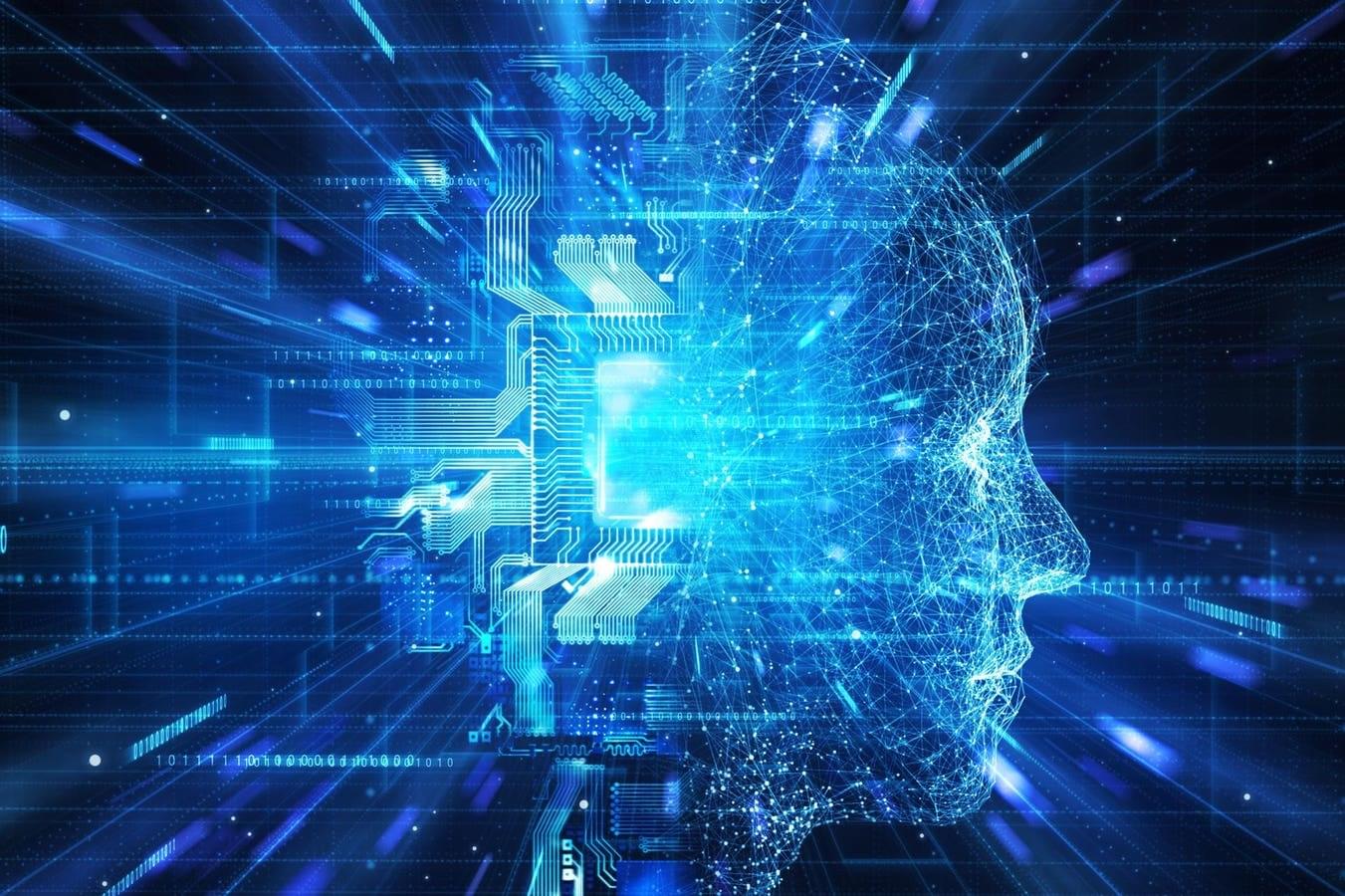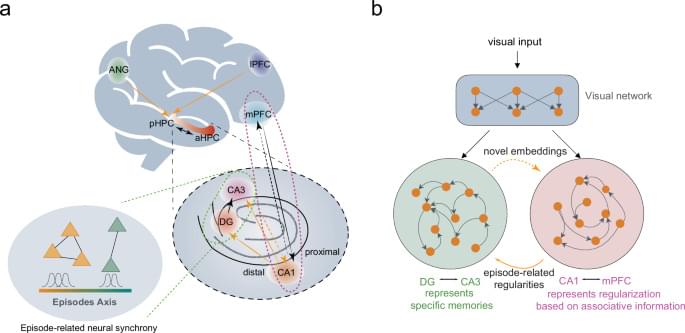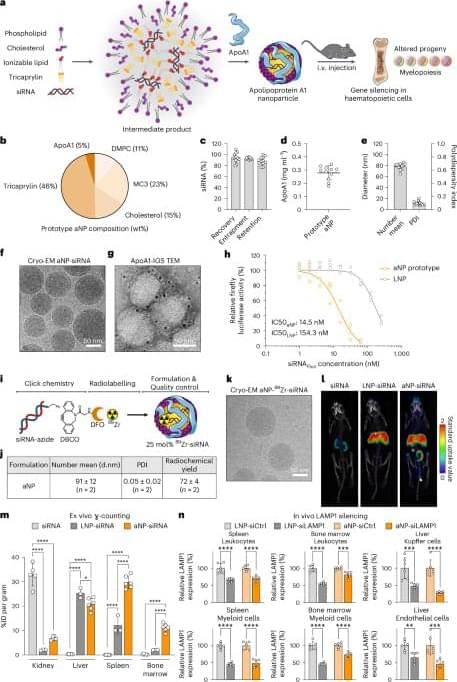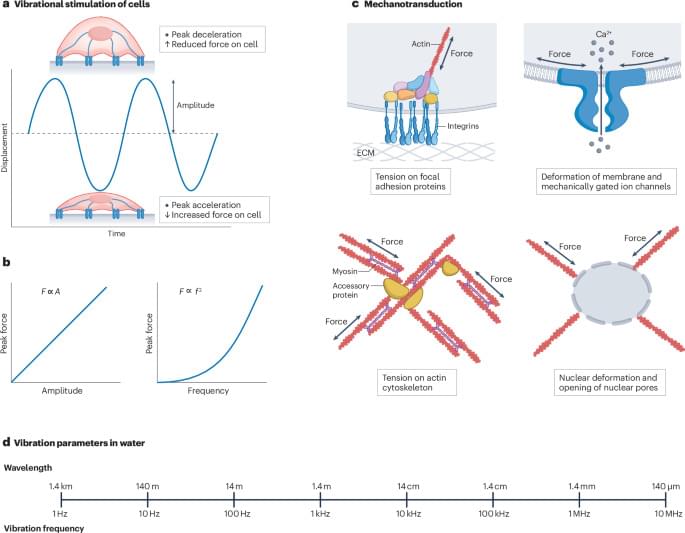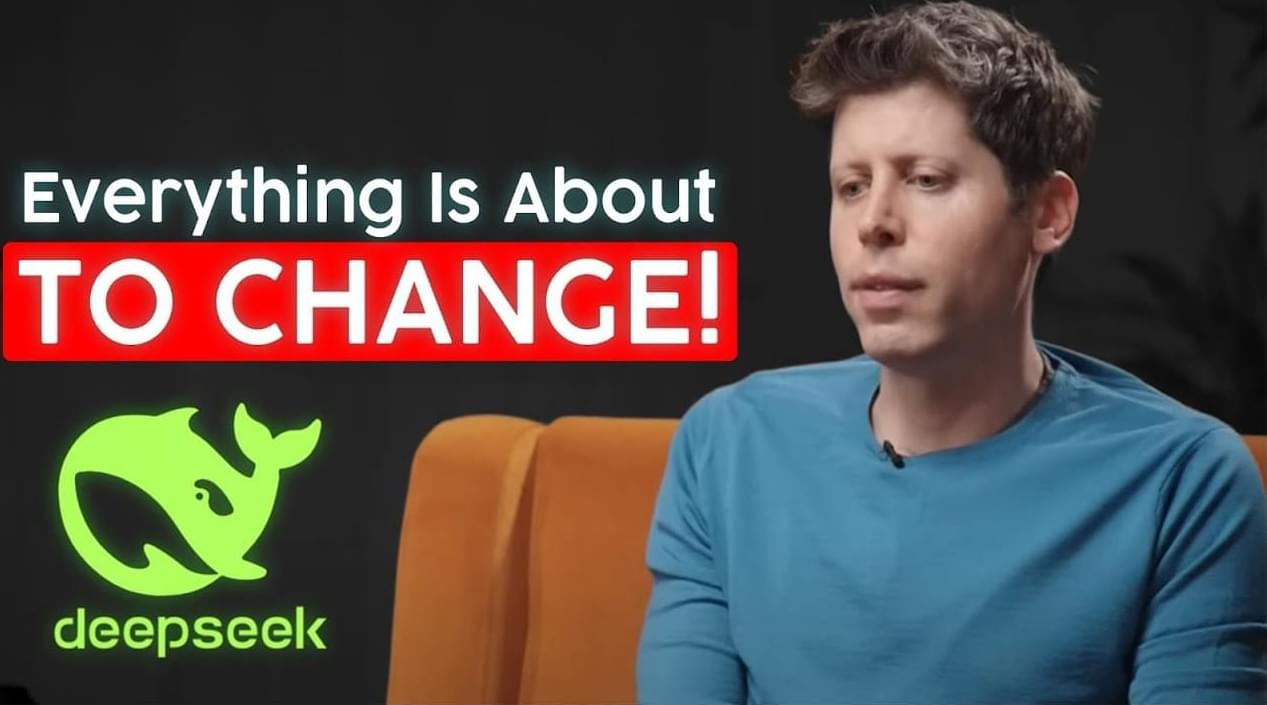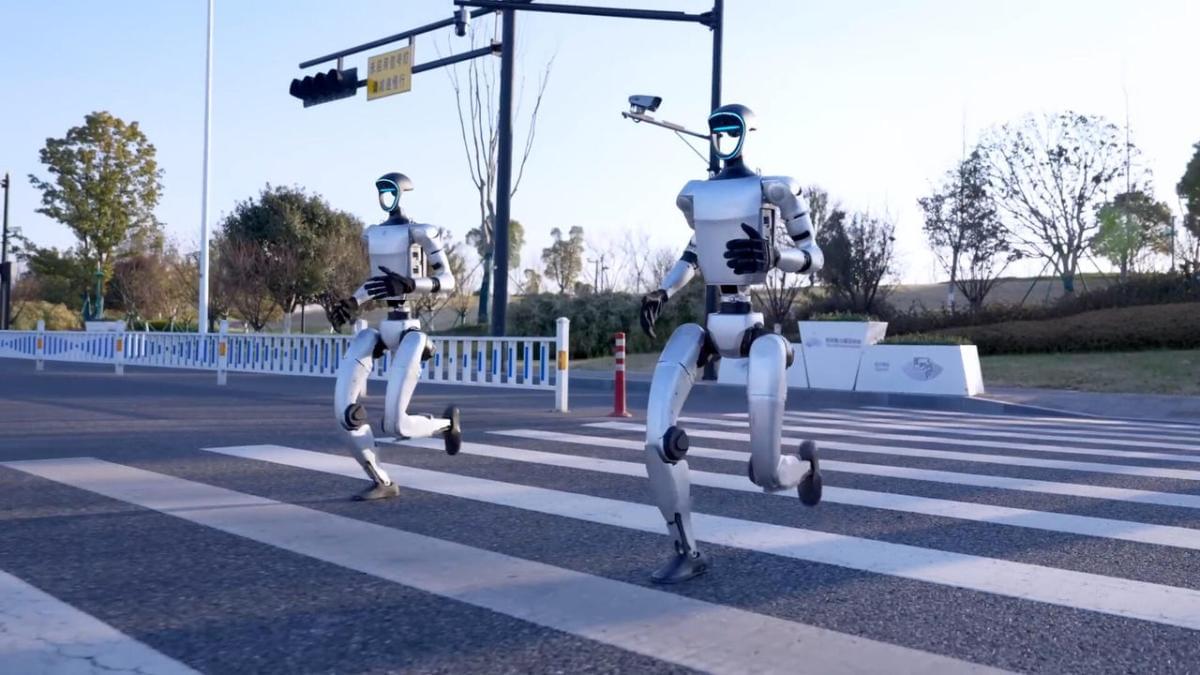Philosopher Peter Hankins at Conscious Entities has a write-up on the November 12 issue of the JCS (Journal of Consciousness Studies) in which philosophers, psychologists, and neuroscientists such as Keith Frankish, Daniel Dennett, Susan Blackmore, and Michael Graziano, debate whether it makes sense to refer to phenomenal consciousness as an illusion. Unfortunately the full text of the journal articles are paywalled, although if you are on a university network, or have the ability to access the site through one, you might find you can reach them.
Saying that phenomenal consciousness is an illusion is often met with derision. The phrase “is an illusion” is meant to state that consciousness isn’t what it appears to be, but many people read it as “does not exist”, which seems self evidently ludicrous. Which is why, while I generally agree with the illusionists ontologically, that is with their actual conclusions about reality, I’ve resisted using the “illusion” label for the last few years. As one of the JCS authors (Nicholas Humphrey) stated, it’s bad politics. People have a tendency to stop listening when they perceive you’re saying consciousness isn’t there.
And it can be argued that, whatever phenomenal experience is, we most definitely have it. And that the perception of a subjective experience is the experience, such that questioning it is incoherent. I have some sympathy with that position.

